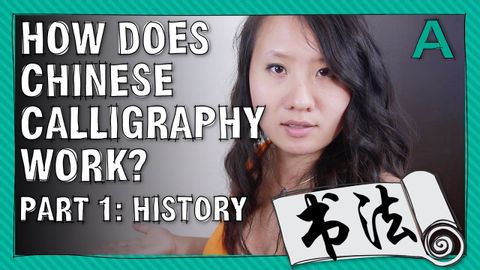
Subtitles & vocabulary
What is Chinese Calligraphy? Pt 1: History | ARTiculations
00
Li Rose posted on 2019/06/12Save
Video vocabulary
phenomenon
US /fɪˈnɑməˌnɑn, -nən/
・
UK /fə'nɒmɪnən/
- Noun (Countable/Uncountable)
- Unusual event, fact that can be studied
- Interesting or unusual person, group
B1
More appreciate
US /əˈpriʃiˌet/
・
UK /ə'pri:ʃɪeɪt/
- Intransitive Verb
- To rise in value (of property or belongings)
- Transitive Verb
- To be thankful for; to value or admire
A2TOEIC
More properly
US /ˈprɑːpərli/
・
UK /ˈprɔpəlɪ/
- Adverb
- In an appropriate or correct manner
- In a way that is suitable or appropriate.
A2
More basically
US /ˈbesɪkəli,-kli/
・
UK /ˈbeɪsɪkli/
- Adverb
- Used before you explain something simply, clearly
- In essence; when you consider the most important aspects of something.
A2
More Use Energy
Unlock All Vocabulary
Unlock pronunciation, explanations, and filters
